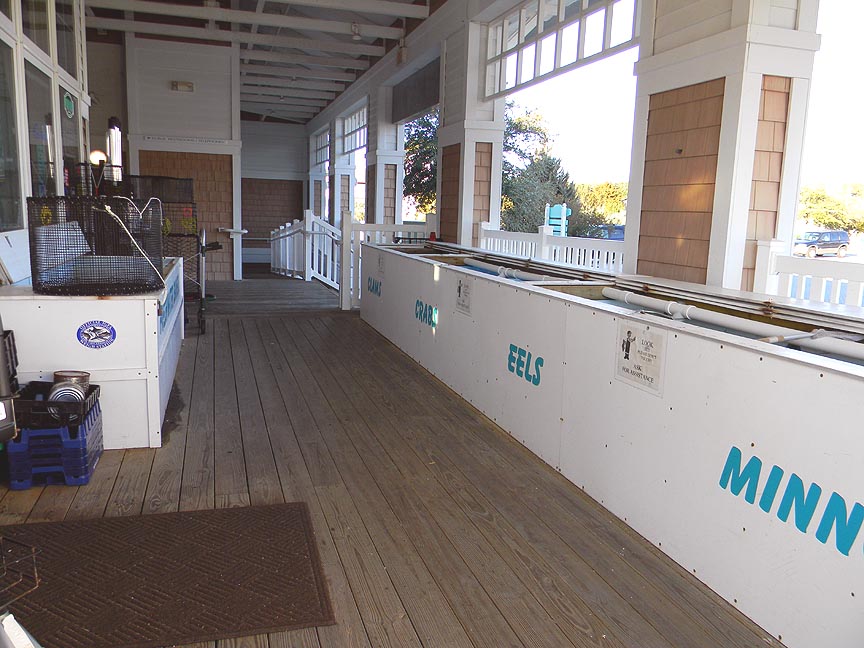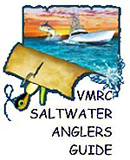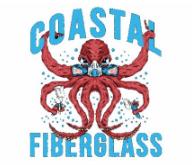
If you’re new to fishing in the Chesapeake Bay, you might be wondering what kind of baits to use to catch the most fish. The Chesapeake Bay is home to a variety of fish species, from panfish like spot, croaker, and perch, to larger predators like striped bass, bluefish, red drum, and cobia. Depending on what you’re targeting, you’ll need different types of baits to entice them to bite.
One of the most popular and versatile baits for fishing the Chesapeake Bay is squid. Squid is a soft and durable bait that can be cut into strips or chunks and used on a bottom rig or a jig head. Squid can attract fish like flounder, sea trout, bluefish, and even striped bass. Squid is also easy to find at most bait shops and can be frozen for later use.
Another great bait for fishing the Chesapeake Bay is clam. Clam is a natural food source for many fish in the bay, especially in areas with sandy or muddy bottoms. Clam can be used whole or cut into pieces and threaded onto a hook. Clam can catch fish like spot, croaker, perch, flounder, spadefish and red drum. Clam is also a good bait to use in the spring when the water is cold and the fish are sluggish.
Shrimp is another excellent bait for fishing the Chesapeake Bay. Shrimp is a favorite snack for many fish in the bay, especially sea trout, flounder, red drum, and striped bass. Shrimp can be used live or dead, whole or peeled, on a hook or a jig head. Shrimp can also be combined with other baits like squid or clam to create a more enticing presentation.
Bloodworms are one of the best baits for fishing the Chesapeake Bay for panfish. Bloodworms are the larvae of a type of fly that lives in the mud along the shorelines of the bay. Bloodworms have a bright red color and a strong scent that attracts fish like spot, croaker, perch, and weakfish. Bloodworms can be used on a small hook or a sabiki rig and fished near the bottom.
Live spot and live croaker are two of the best baits for fishing the Chesapeake Bay for big predators. Spot and croaker are common prey for fish like striped bass, bluefish, red drum, cobia, and sharks. Live spot and live croaker can be hooked through the lips or the back and fished on a sliding sinker rig or under a float. Live spot and live croaker can also be cut into chunks and used as cut bait.
Mullet is another great bait for fishing the Chesapeake Bay, especially for big predators like striped bass, bluefish, red drum, cobia, and sharks. Mullet can be used live or dead, whole or cut into chunks, on a bottom rig or under a float. Mullet has a strong smell and a tough skin that can withstand the bites of toothy fish. Mullet can be found in the bay from late summer to fall, and can also be bought frozen at some bait shops.
Mud minnows are another good bait for fishing the Chesapeake Bay, especially for flounder and sea trout. Mud minnows are small fish that live in marshy areas and can be caught with a minnow trap or a cast net. Mud minnows can be hooked through the lips or the back and fished on a bottom rig or a jig head. They are great for Flounder.
Blue crabs, soft crabs, and fiddler crabs are three of the best baits for fishing the Chesapeake Bay for crustacean-loving fish. Blue crabs are hard-shelled crabs that can be used whole or cut into halves or quarters. Soft crabs are blue crabs that have recently molted their shells and are soft and vulnerable. Fiddler crabs are small crabs that have one large claw and one small claw. Blue crabs, soft crabs, and fiddler crabs can catch fish like flounder, red drum, black drum, sheepshead, and tautog. Blue crabs, soft crabs, and fiddler crabs can be hooked through the legs or the body and fished on a bottom rig or a jig head.
Eels if you want to fish for big predators in the Chesapeake Bay, such as striped bass, bluefish, red drum, or cobia, you might want to try using eels as bait. Eels are one of the most effective baits for these species, especially in the fall and winter when they are more active and hungrier. Eels are also very hardy and can survive for a long time on a hook. Eels can be bought at some bait shops or caught by yourself using a trap or a net. You should keep them in a bucket with some water and ice to keep them alive and cool. Be careful when handling eels, as they are very slippery and can bite. You might want to use gloves or a towel to grab them. Eels are also very tasty to eat, so you can keep some for yourself after a successful fishing trip.
These are some of the best fresh and live baits for fishing the Chesapeake Bay. By using these baits, you’ll increase your chances of catching more fish and having more fun on the water.











 Views Last 7 days : 1522
Views Last 7 days : 1522 Views Last 30 days : 5101
Views Last 30 days : 5101